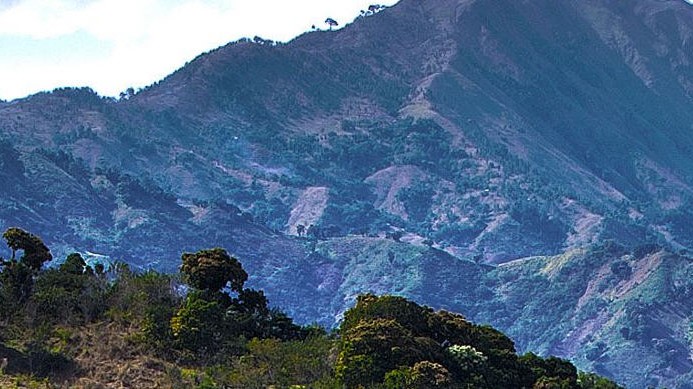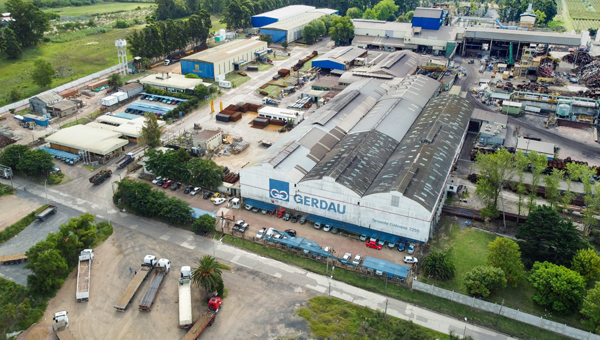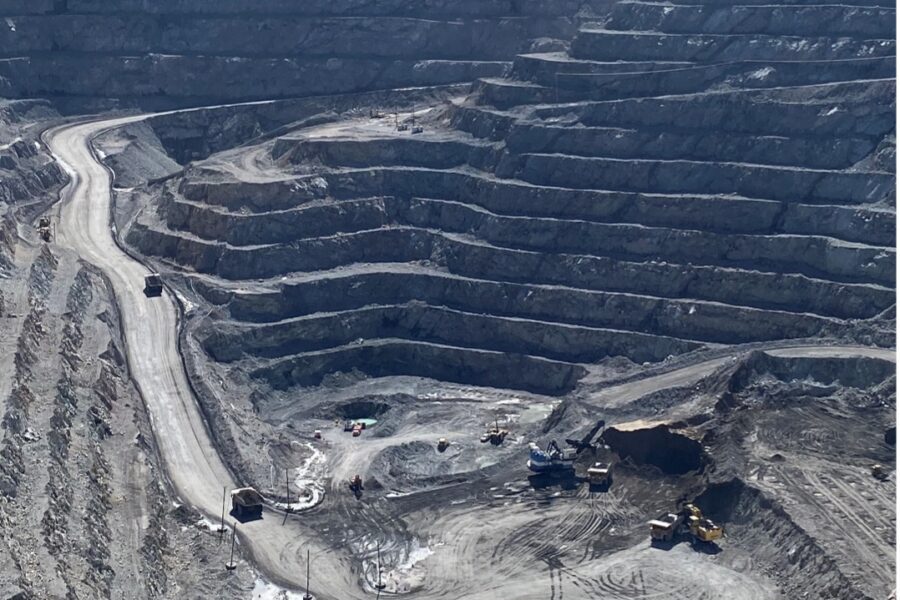Unigold stock takes off on Candelones drill results

Dominican Republic-focused miner Unigold (TSXV:UGD) has released results from its ongoing drilling at the Candelones Extension deposit, part of the company’s 21,031-hectare Neita Concession.
Recent drilling was designed to test potential epithermal feeder systems at Targets B and C of the deposit. The first hole to test post-mineral mafic dikes intersected a high-grade interval of 14 m averaging 14.94 g/t Au, 51.6 g/t Ag, 0.3% Cu, 3.6% Zn, and a second interval of 6 m averaging 10.30 g/t Au, 5.0 g/t Ag, 0.3% Cu and 1.7% Zn.
The company has completed 12 drill holes (4,742 m) of the planned 15,000 m program on the Candelones Extension deposit
The high-grade gold and silver mineralization is localized at or near the contact of the magnetic dike, suggesting that it could represent a potential marker horizon to guide future drilling, the company said.
“Our exploration model suggests that these mafic dikes, in addition to defining potential conduits, also remobilized mineralization and concentrated it along the contact of the dikes,” Unigold CEO Joe Hamilton said in a media release.
“The mineralization is startlingly consistent and evenly distributed along the intercept length, ranging from 5.0 g/t to 32.0 g/t,” said Hamilton, adding that the high-grade intercept is within 100 metres of surface.
So far, the company has completed 12 drill holes (4,742 m) of the planned 15,000 m program on the Candelones Extension deposit.
A 2015 technical report gave this deposit an estimated inferred mineral resource of 5.2 Mt averaging 5.27 g/t Au and 0.35% Cu (894,000 oz Au, 41.2 Mlb Cu contained).
Shares of Unigold took off on Friday following the latest drill results, up 31.7% by 1 p.m. EDT on the TSX Venture Exchange. The company has a market capitalization of C$51.8 million.
More News
{{ commodity.name }}
{{ post.title }}
{{ post.date }}



Comments